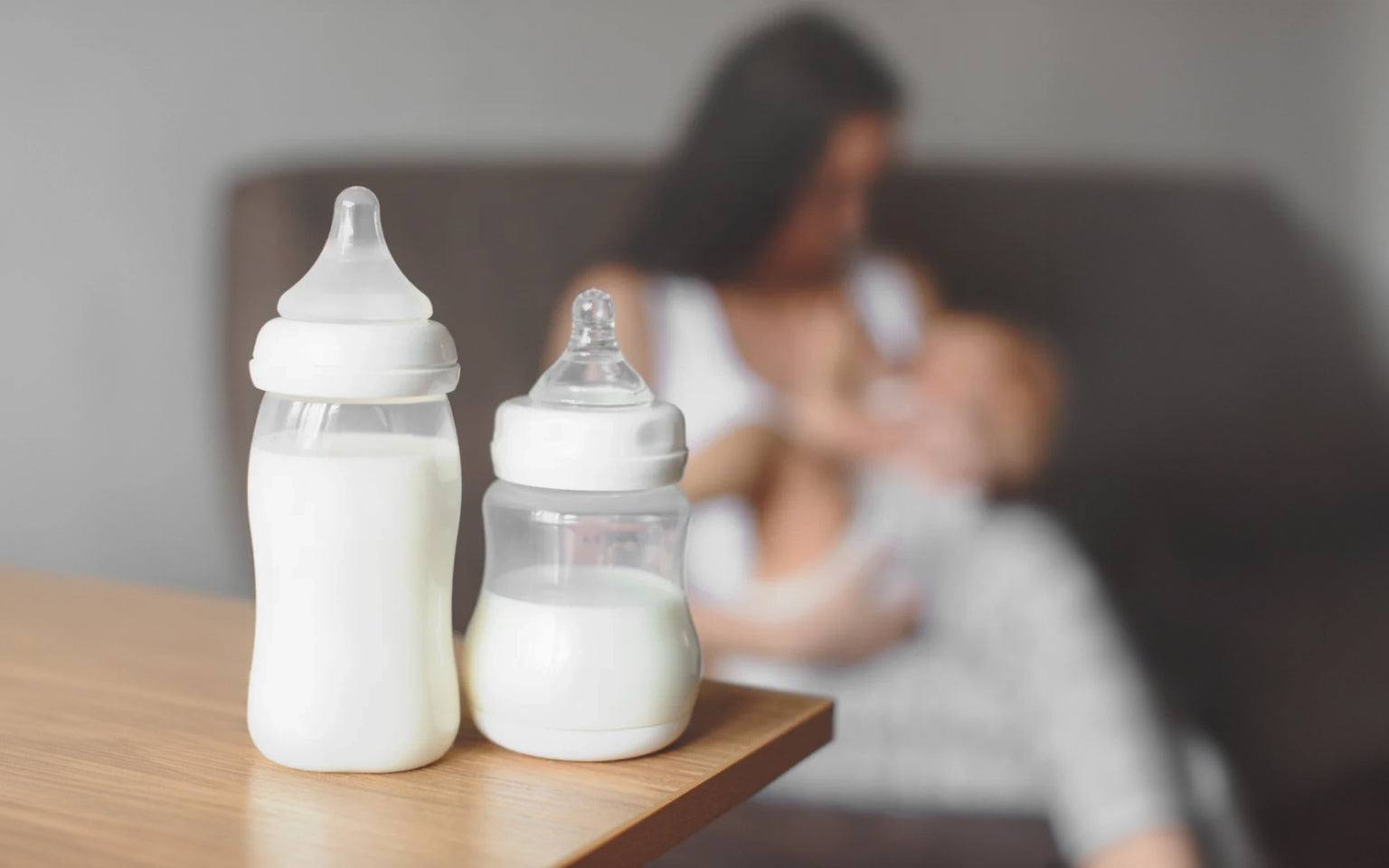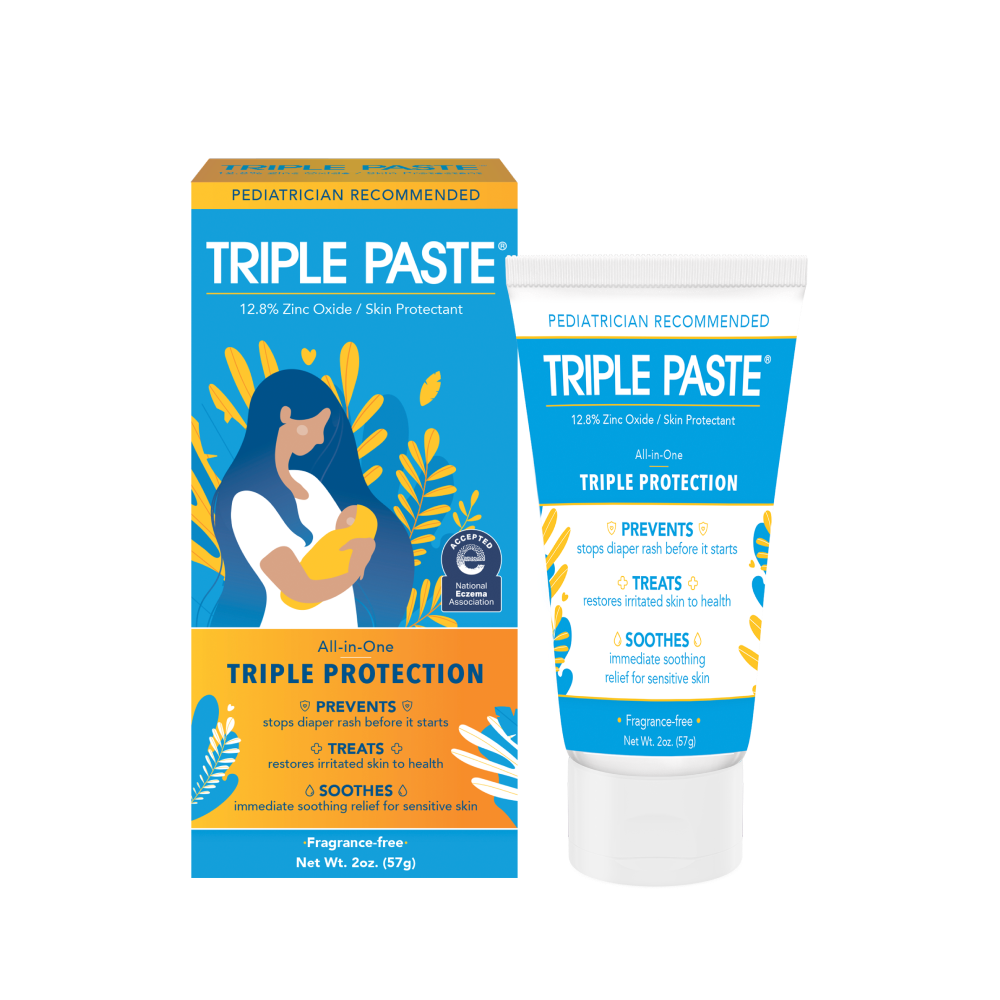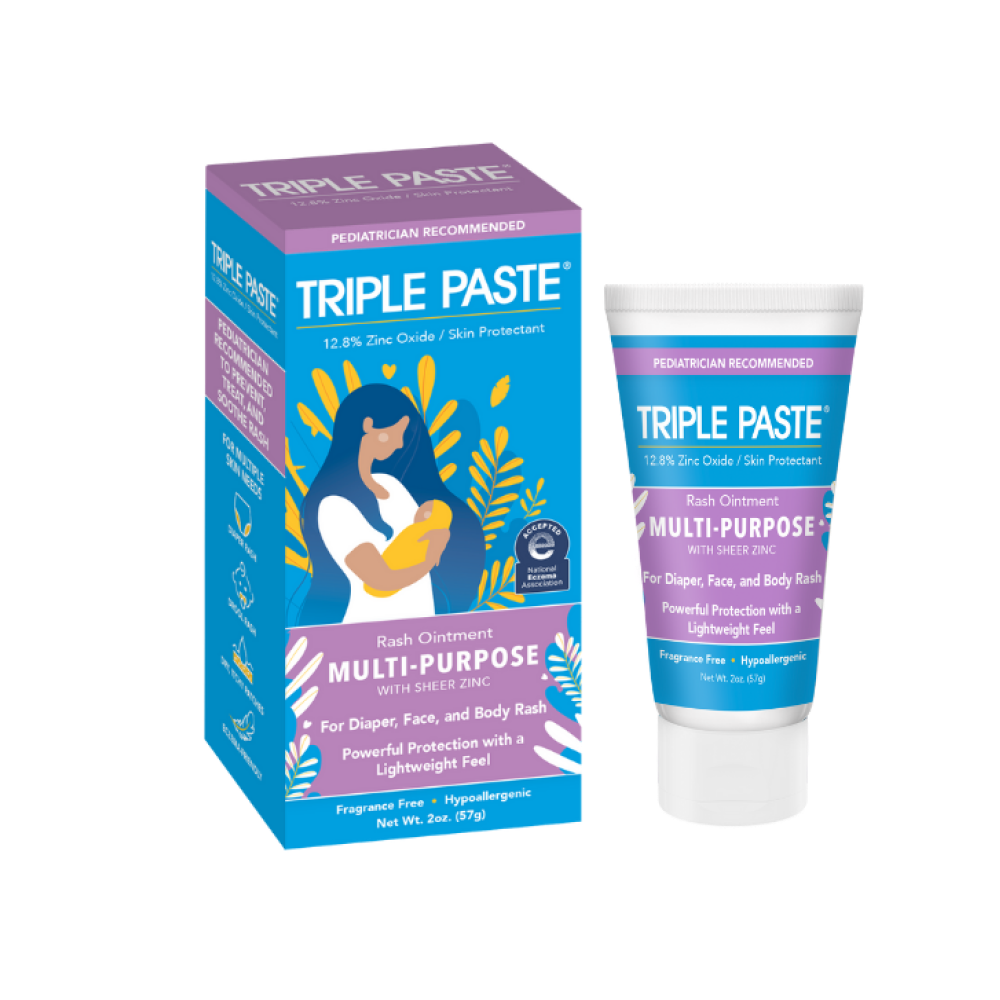How Breastfeeding and Formula Choices Can Impact Diaper Rash
In most cases, diaper dermatitis, or diaper rash, is caused simply by wet or soiled diapers rubbing against baby’s sensitive skin. Other times, however, there may be additional contributing factors that are causing diaper rash you may not be considering.
Are Foods Causing Your Baby’s Diaper Rash?
Did you know that both breast milk and baby formula can cause diaper rash? Babies aren’t allergic to breastmilk, but they may be allergic or sensitive to foods moms eat which are digested and can be passed along in breast milk. Due to a combination of genes and the environment, some babies are more likely than others to develop food sensitivities. If you are breastfeeding and your baby is exhibiting persistent diaper rash, consider whether there are food allergies present as some of the foods you eat can affect your baby as well. What can you do? We have some tips.
Breastfeeding & Diaper Rash
Breast milk composition can vary due to many factors, including the baby’s age, time of lactation, and environmental, nutritional, and behavioral factors. The foods and supplements a mother consumes can significantly impact the likelihood of diaper rash in her baby. Common dietary culprits include citrusy and spicy foods, dairy products, caffeine, and certain medications. If foods give you heartburn, they can also cause acidic poops which can make for irritated baby bottoms.
Tips for breastfeeding moms trying to heal your baby’s diaper rash:
- Keep a food diary – Take note of what you eat and what your baby eats, as well as when you see a rash or other symptoms of a reaction appear on your baby. This can help you identify any correlations.
- Eliminating potential irritants one at a time – If you suspect certain foods or ingredients (like dairy, soy, or wheat) are causing a reaction, remove one potential trigger at a time to see if it’s the culprit. Try leaving it out of your diet for at least two to three weeks and see if your baby’s skin clears.
- Check food labels – Irritating ingredients like dairy, wheat, and sugars appear on labels in many different ways. This can be tricky. Sugar alone has 61 names!
- Talk to a healthcare professional – You don’t have to figure this out alone. Talk to your child’s doctor or your breastfeeding/lactation consultant and explain what you’re seeing. They can provide more guidance on what to look for and what is most likely to be the cause based on your baby’s and your health history.
Formula Feeding and Diaper Rash
Different types of formula can affect your baby’s digestion and thus their skin health. While it can be difficult to deal with, it’s a good reminder of our gut and skin are connected. Learning these lessons now can help your baby and your family understand what to eat for better health.
Milk allergy or lactose intolerance, is the most common food allergy in children. Allergic reactions usually occur after consumption.
Common signs of milk allergy in children:
- vomiting
- diarrhea
- blood or mucus in the stool
- unusually hard or loose, watery, and foul-smelling stools
- hives
- eczema - a red, itchy, or dry rash that often appears on babies' cheeks or scalp, but can also appear in other areas of the body.
If your baby is unusually fussy, crying, or uncomfortable after feeding, it’s important to talk to your baby’s doctor. Your pediatrician might recommend an amino acid-based formula or hypoallergenic formula that has been processed to minimize allergic reactions. If diaper rash is your child’s only symptom, you’re likely only dealing with an intolerance. However, if you notice other more serious symptoms like hives on their face or body, consult your child’s pediatrician to see if allergy testing is needed.
The Baby Bottom Line
Understanding and addressing dietary factors that contribute to diaper rash can help keep your baby comfortable. In the meantime, Triple Paste can help as your diaper rash ally with a range of products, All-In-One Original ointment perfect for daily prevention, 3X Max for moderate to severe diaper rash, and Multi-Purpose which provides a great barrier for itchy, dry patches on face and body.
Remember, you’re not alone in this journey. With a little patience and the right approach, you can keep your baby’s skin healthy and happy.



